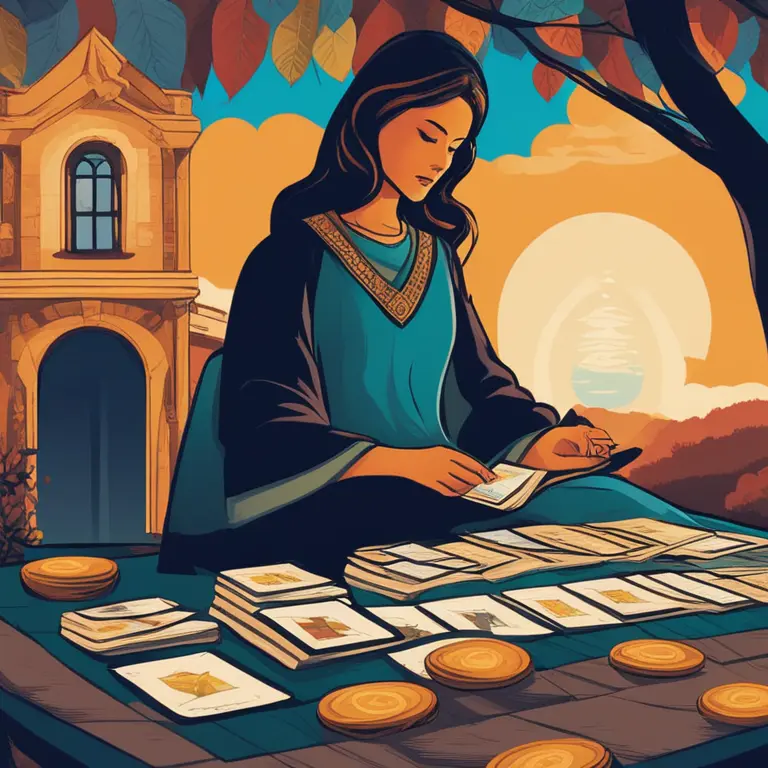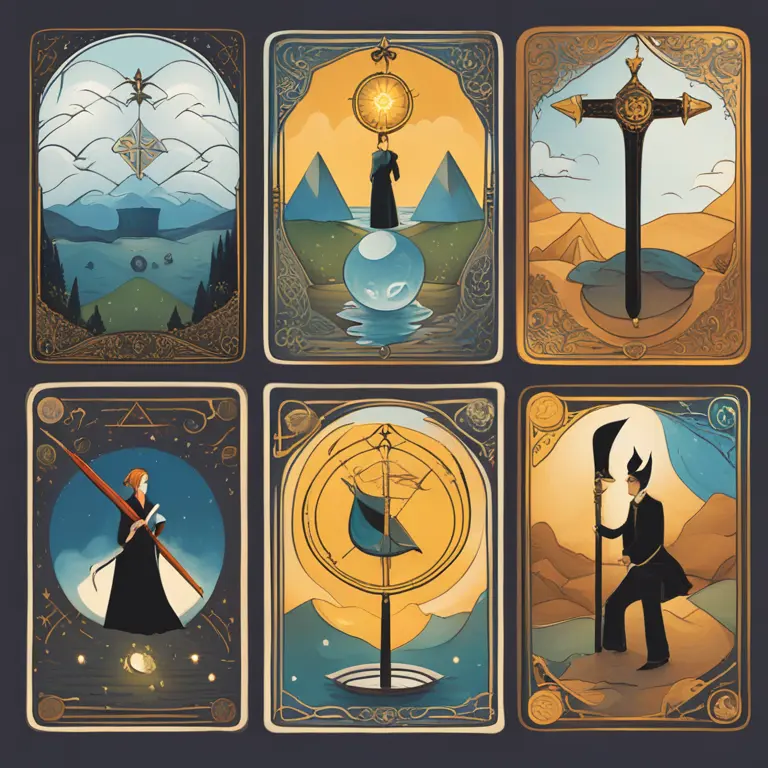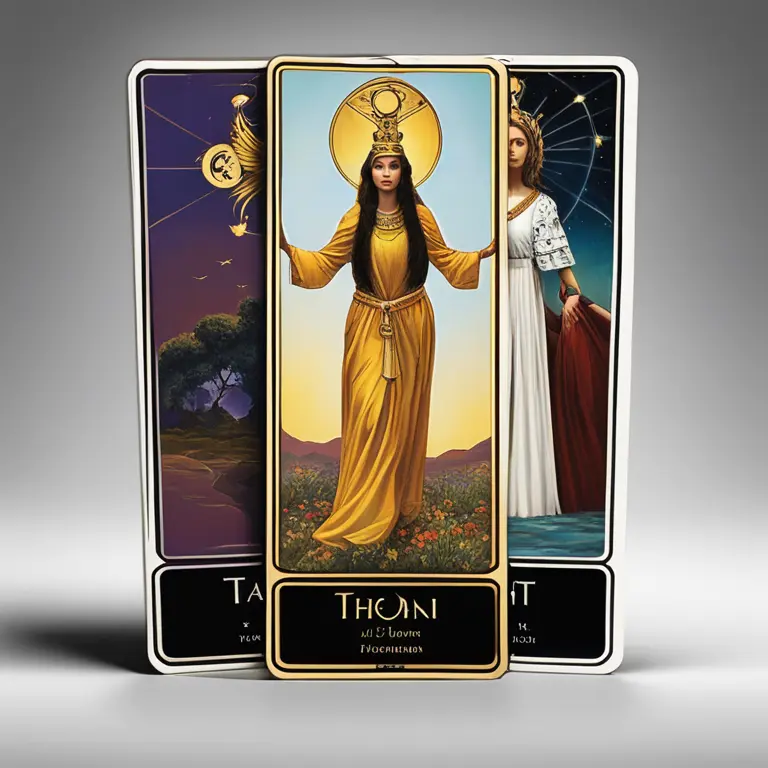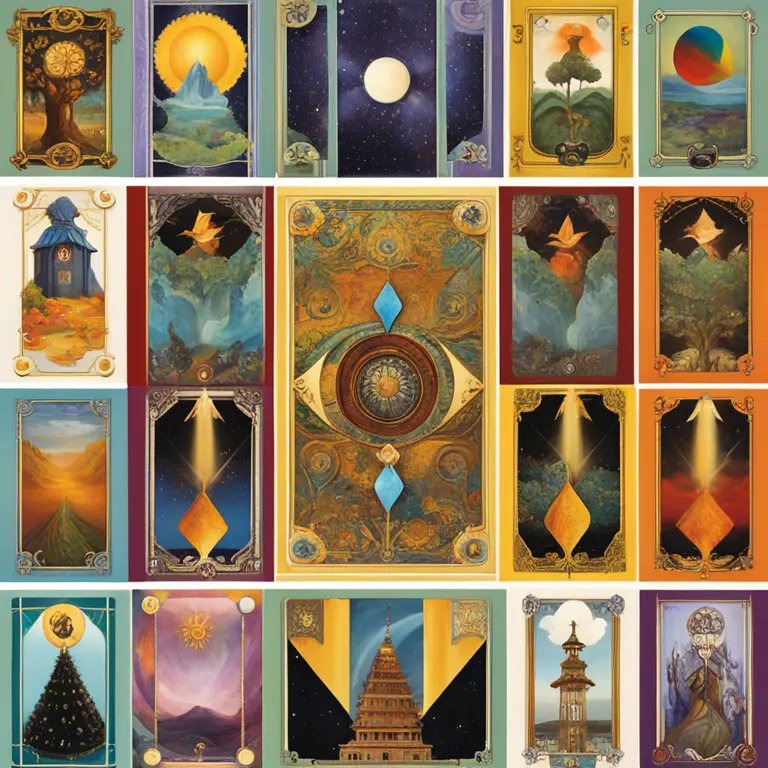
The Roots of Tarot
Tarot is more than just a deck of cards; it is a pictorial system depicting the journey of the human spirit. Its origins are shrouded in mystery, with some scholars claiming its inception dates back to ancient Egypt, while others trace its roots to medieval Europe. Regardless of its beginnings, tarot has been a tool for divination used for centuries. The Tarot deck comprises 78 cards, each rich with symbolic imagery and significance, divided into the Major Arcana and Minor Arcana.

Major Arcana: The Fools' Journey
The 22 cards of the Major Arcana represent significant life themes and lessons. They chart the Fool's Journey—an allegory for one's path through life, starting with the Fool (card 0) and culminating with the World (card 21). This journey through the Major Arcana can mirror our own experiences, offering perspective on crucial turning points and highlighting potential outcomes.

Minor Arcana: Everyday Insights
In contrast to the archetypal narratives of the Major Arcana, the Minor Arcana's 56 cards reflect everyday happenings and the subtleties of our daily lives. These cards are split into four suits: Cups, Wands, Swords, and Pentacles, each corresponding with fundamental aspects of human experience—emotion, creativity, intellect, and material world, respectively. Through these cards, tarot can provide guidance on more specific personal circumstances.

Conducting a Reading
A tarot reading begins with a question or an area of life where guidance is sought. The querent (the person receiving the reading) may shuffle the deck, focusing on their query. The reader then lays out the cards in a spread, with each position in the spread representing different facets of the question. As the cards are revealed, the reader interprets the symbols and imagery, considering how they interact with each other to weave a narrative or provide insight.

The Role of Intuition
While knowledge of the traditional meanings of the cards is paramount, a tarot reader's intuition is a powerful tool. Tarot works not just by arbitrary chance but by the subtle subconscious selection of cards. The reader's intuitive connection to the recipient and the cards helps unlock the messages the tarot has for the individual. This interplay between the known and the unknown leads to personalized and meaningful readings.
Modern Applications of Tarot
Today, tarot has found a place in modern spirituality and self-reflection practices. As we head into 2024 and beyond, tarot remains a popular method for seeking personal insight, with many using its wisdom to inform decisions or to meditate on specific aspects of their lives. Far from simply predicting the future, tarot is a tool for self-exploration and for discovering deeper truths within ourselves and our circumstances.
Tarot's Relevance for Astrological Insights
Astrology and tarot often go hand in hand, as both are instruments in the symbiotic language of the larger cosmic puzzle. When integrated with horoscopes, tarot can add a layer of depth to astrological forecasts. A reading in 2024 may, for example, draw upon the energies of significant astrological transits, aligning the symbolism of the cards with the stars' influence during that period.
Published: 1/17/2024
Modified: 1/17/2024
More predictions
Come back here soon to learn more about yourself and your future


The Depths of Astrology Houses: A Comprehensive Guide
Delve into the meanings of astrology houses and how they influence your astrological profile. Learn about each house's significance and its impact on life's various aspects.


Astrology's Framework: Signs & Houses Insight
Delve into the foundational elements of astrological interpretation by understanding the roles of zodiac signs and astrological houses in personal horoscopes.


Top Astrological Houses for Personal Insight
Discover how the best houses in astrology provide deep personal insights and influence key areas of your life in this comprehensive guide.